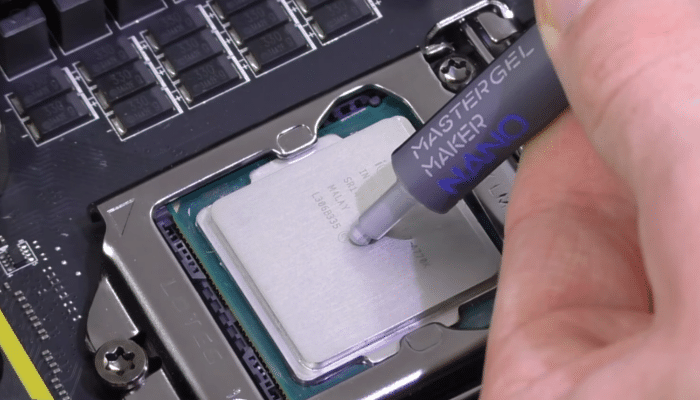Building your own custom desktop computer is a task that even a non-tech savvy person can accomplish. It's not as scary as it sounds as long as you follow the steps and ask questions when you need to. The advantage of making your own computer is that you get to choose everything.
From how the case looks to what video card to include and what your budget is, you are in complete control. This is a great opportunity for both advanced computer users looking to build a crazy gaming computer and just the basic office user that wants to save a few dollars. You can visit https://megatechdistributor.com/parts-components/cpu-processor/thermal-paste/ to get more info about CPU thermal paste.

The first step is to do your research and order your parts. Here are the relevant components for a basic computer build:
– Optical Drive/DVD drive
– Hard drive
– Case
– Power Supply (PSU)
– Processor (CPU)
– Motherboard
– RAM (Memory)
– Operating System
These are the core components of a computer. However, you can very easily add to the core by purchasing additional parts like a video card or a wireless internet card. As a base, that's all you will need.
Once your CPU is selected, it's time to choose a motherboard. You need to be mindful of the following compatibilities:
– CPU socket type.
– Number and type of RAM slots
-The numbers of SATA Connectors (one for each hard drive and optical drive you will plug in. Leave room for expansion!).
-A number of PCI slots for additional cards (USB cards, modems, wireless network cards, HUBs…)
-A number of USB ports built in.
– Presence of onboard video card.
The CPU socket type is determined by the type of processor you purchase. As of this writing, you will be purchasing type DDR3 RAM. You will get at least 2 RAM slots but can upgrade to 4 or more if you anticipate needing that many. RAM sticks offer different capacities so you can mix and match. For example, you can purchase one stick of 4GB or purchase 2 sticks of 2GB to reach a total of 4GB of RAM.
Most basic users can get a motherboard with an onboard video card. This will be sufficient for basic computer use and viewing of most videos. However, if you are planning to make video intensive use of your computers such as playing 3d video games or editing movies or pictures, then you will definitely need a standalone video card instead of an on-board card. Video card (GPU) benchmarks are available in the same fashion as CPU benchmarks.
